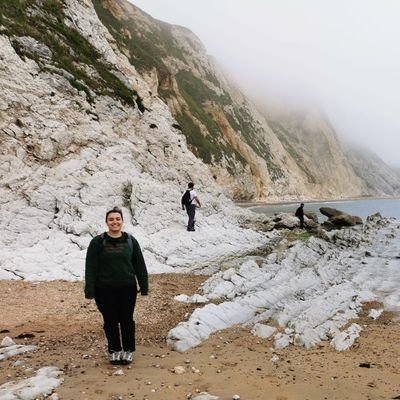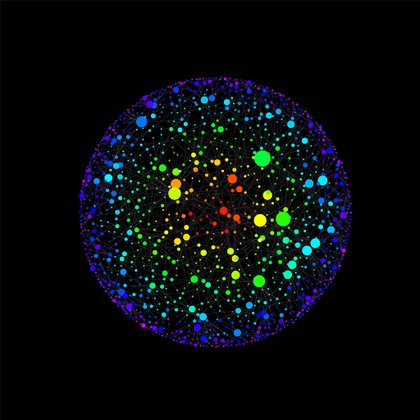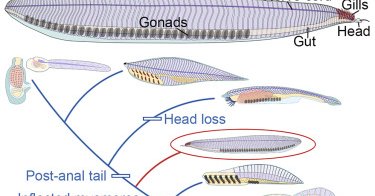
Joseph Keating
@evopalaeo
Followers
1K
Following
279
Media
178
Statuses
821
Palaeontologist studying phylogeny, phenotypic evolution and early vertebrates.
Bristol, England
Joined April 2012
Well twitter, its been fun, but its time to migrate. You can find me on @evopalaeo.bsky.social
1
0
4
RT @ThePalAss: 🥳 We would like to share a newly uploaded video on the #PalAss YouTube channel:. 🎥 Palaeontologists Explain: How Do Fossils….
0
15
0
RT @phyloprog: For everyone interesting in exploring phylogenetic or macroevolutionary models and methods, TREvoSim v3 has been released 🤩….
0
28
0
RT @garethjfraser: New Paper Alert. @Ella_Nicklin leads our new paper in @Dev_Bio_Journal Evolution, development, and regeneration of tooth….
0
49
0
RT @glpcjd: BentonFest: A celebration of the career of Professor Michael Benton. @BristolPalaeo invites you to a research symposium of lead….
0
36
0
RT @JamesMulqueeney: Super proud to announce my first publication: A big thanks to all those involved, @jfabromba….
royalsocietypublishing.org
Deep learning has emerged as a robust tool for automating feature extraction from three-dimensional images, offering an efficient alternative to labour-intensive and potentially biased manual image...
0
10
0
RT @ferwen: A new interpretation of Pikaia reveals the origins of the chordate body plan: Current Biology
cell.com
Mussini et al. identify a gut canal and a dorsal nerve chord in the Cambrian fossil Pikaia and resolve it as a stem-group chordate. Their morphological reinterpretation of Pikaia establishes phylog...
0
6
0
Chuffed to bits with my Diademaspis, one of the first fossils I ever worked on, brought to life by James McKay @YorksFossilFest
0
7
18
RT @RandleEm: @Tweetisaurus @BBCRadio4 @jimalkhalili I've just seen this, I'm fuming, did they do no background research? There are soo man….
0
1
0













